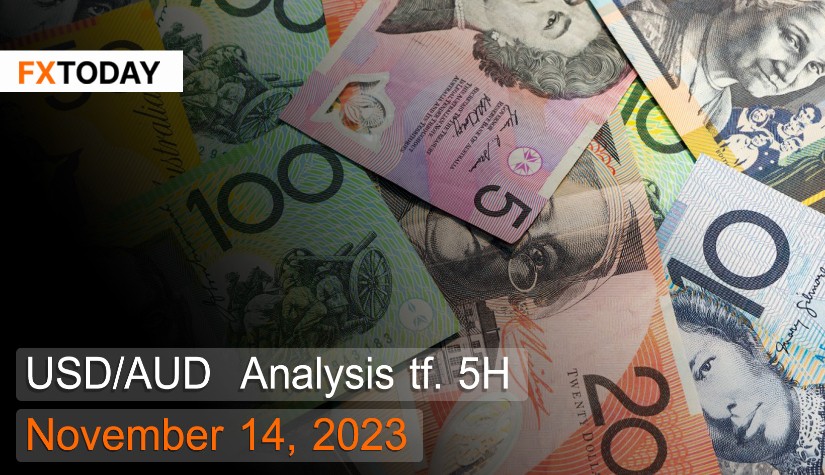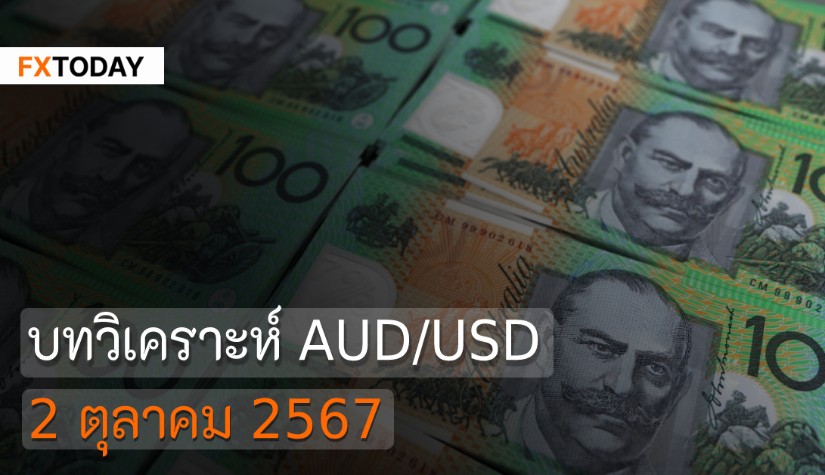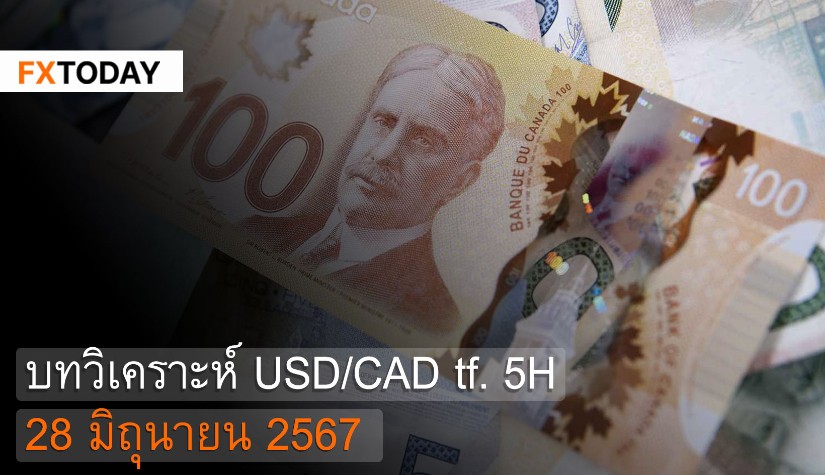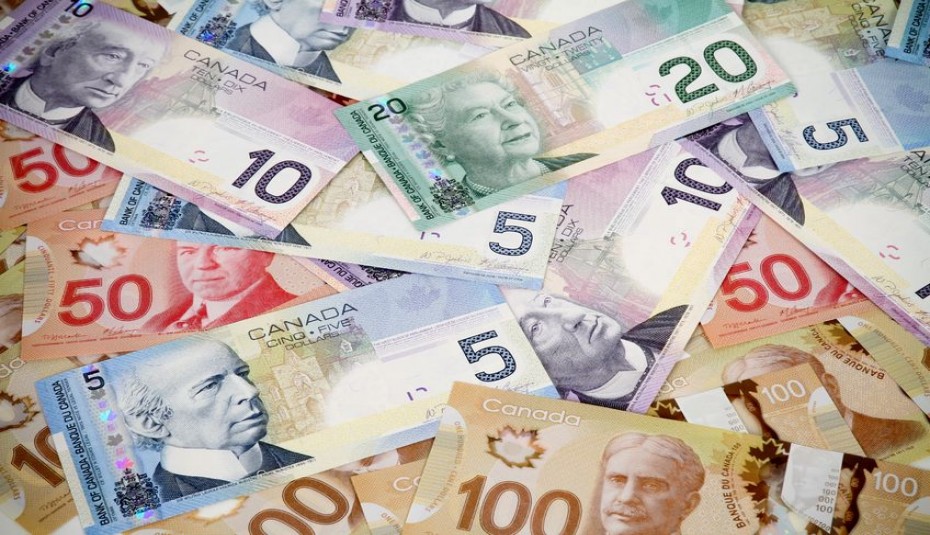The Reserve Bank of Australia has raised interest rates again due to increasing inflation.
The Australian dollar weakened to 1.57 against the US dollar, marking a depreciation since the beginning of the past month. Despite the Reserve Bank of Australia (RBA) having raised interest rates, investors still perceive significant risks in exports, including the substantial decline in export outlook and more pronounced inflation concerns than anticipated. This has led to projections of a slower growth trajectory for the Australian economy.
The RBA made the decision to increase interest rates once again, raising them by 25 basis points to 4.35%, following a previous increase to 4.1% in June and maintaining this rate for four months. This decision to hike rates stems from the unexpectedly higher inflation rate in September due to increased service costs.
Furthermore, the RBA has adjusted its inflation rate forecasts to be around 3-3.5% by the end of 2024, aiming to return to the target range of 2-3% by the end of 2025. Michele Bullock, the new Governor of the RBA, emphasized the necessity of potentially implementing further monetary tightening measures to steer inflation within an appropriate timeframe, subject to global economic data, domestic trends, inflation forecasts, and labor market conditions.
Australia's business confidence index declined to -2 in October, reversing back into negative territory since May. Although there are expectations for increased sales and profits, there's a slight decrease in hiring and future orders. Moreover, persistent pressure remains due to increased production costs.
Consumer confidence index decreased by 2.6% to 79.9 in November, influenced by the RBA's interest rate hike, which increased financial pressures on household finances and the cost of living. There are predictions of further increases in mortgage rates over the next 12 months, significantly impacting household finances in the medium to long term.
The yield on Australian 10-year government bonds increased above 4.7%, rebounding from its recent low point over the last three weeks. Despite the US Federal Reserve beginning to taper, Australia's bond yields remain under pressure due to the Reserve Bank of Australia's interest rate hikes resulting from increased inflationary pressures.
Techical analysis data (5H)
Resistance: 1.5712, 1.5729, 1.5753
Support: 1.5672, 1.5649, 1.5632
Source: Investing.com
| Name | S3 | S2 | S1 | Pivot Points | R1 | R2 | R3 |
| Classic | 1.5632 | 1.5649 | 1.5672 | 1.5689 | 1.5712 | 1.5729 | 1.5753 |
| Fibonacci | 1.5649 | 1.5664 | 1.5674 | 1.5689 | 1.5704 | 1.5714 | 1.5729 |
| Camarilla | 1.5684 | 1.5688 | 1.5692 | 1.5689 | 1.5699 | 1.5703 | 1.5706 |
| Woodie's | 1.5636 | 1.5651 | 1.5676 | 1.5691 | 1.5716 | 1.5731 | 1.5757 |
| DeMark's | - | - | 1.5680 | 1.5693 | 1.5721 | - | - |
Buy/Long 1: If the price touches support in the price range of 1.5649 - 1.5672 but cannot break the support at 1.5672 , you may set a TP at approximately 1.5729 and SL at around 1.5632 or according to your acceptable risk.
Buy/Long 2: If the price breaks the resistance in the price range of 1.5712 - 1.5729, you may set a TP at approximately 1.5753 and SL at around 1.5649 or according to your acceptable risk.
Sell/Short 1: If the price touches resistance in the price range of 1.5712 - 1.5729 but cannot break the resistance at 1.5712, you may set a TP at approximately 1.5649 and SL at around 1.5753 or according to your acceptable risk.
Sell/Short 2: If the price breaks the support in the price range of 1.5649 - 1.5672, you may set a TP at approximately 1.5632 and SL at around 1.5729 or according to your acceptable risk.
| Name | Value | Action |
| RSI(14) | 56.683 | Buy |
| STOCH(9,6) | 36.291 | Sell |
| STOCHRSI(14) | 28.908 | Sell |
| MACD(12,26) | 0.003 | Buy |
| ADX(14) | 40.470 | Buy |
| Williams %R | -60.565 | Sell |
| CCI(14) | -22.0199 | Neutral |
| ATR(14) | 0.0041 | Less Volatility |
| Highs/Lows(14) | 0.0000 | Neutral |
| Ultimate Oscillator | 48.748 | Sell |
| ROC | 0.019 | Buy |
| Bull/Bear Power(13) | 0.0048 | Buy |
|
Buy:5 Sell:4 Neutral:2 Summary:BUY |
||
















